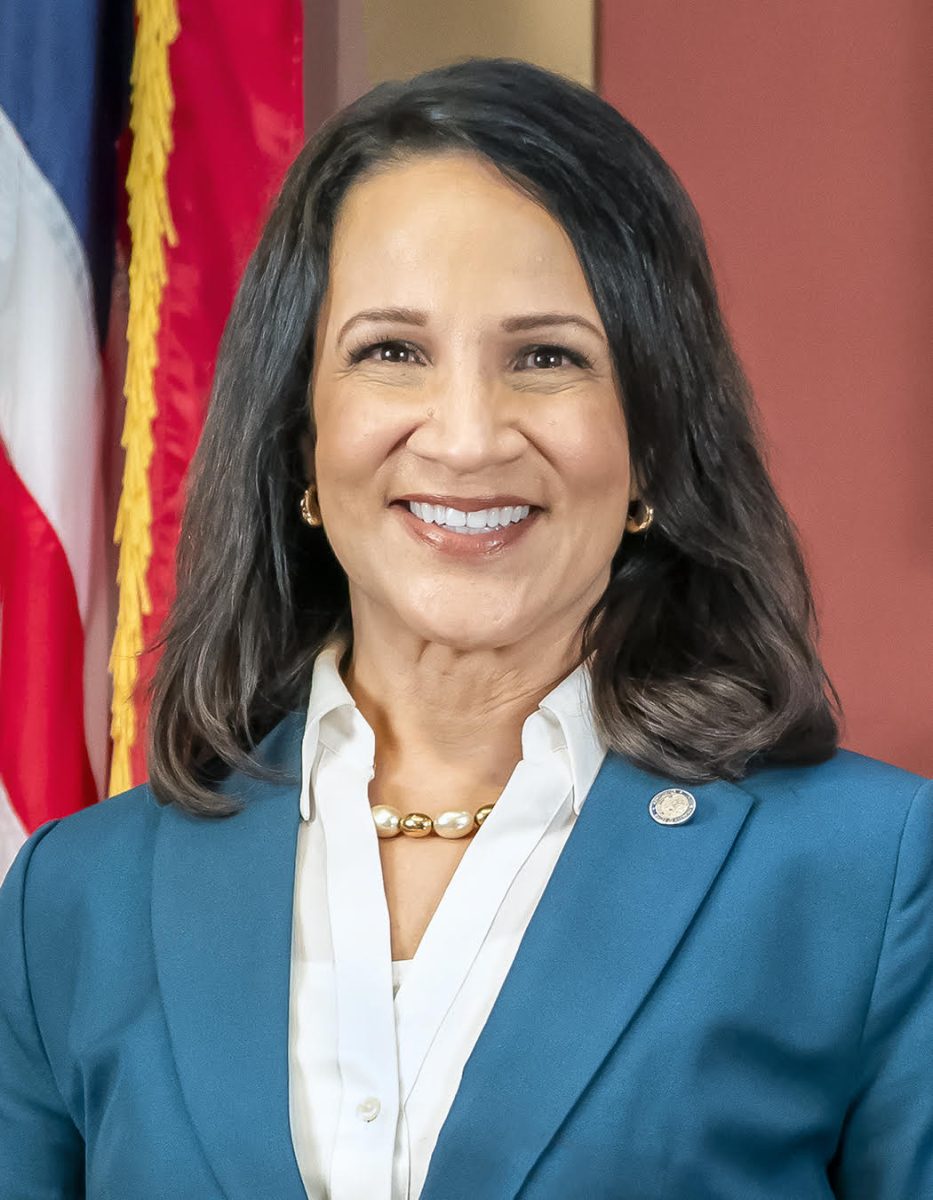Residents who want to see the neighborhood’s history preserved are looking to retain Dinkytown’s roots in the streetcar and post-World War II era.
The Dinkytown Commercial Historic District design guidelines maintain the historic elements of Dinkytown and find replacements for historic features that no longer exist.
The goal is to retain the historic characteristics of Dinkytown, but the guidelines will not be immediately followed, said Rob Skalecki, senior city planner in historic preservation. He added as projects start to come in, the guidelines will be available for use.
Skalecki said the Minneapolis City Council designated the Dinkytown Commercial Historic District in 2015 for its streetcar era, following community engagement.
“There’s always been passionate community members who really connect with the history of Dinkytown,” Skalecki said.
There have been multiple initiatives to draft guidelines for this pace, but they lack adherence to federal preservation guidelines and standards, Skalecki said.
The Preserve Historic Dinkytown group is seeking clarification on the approval of the guidelines and whether the Heritage Preservation Commission’s approval will reach the council for final approval. This will determine when the guidelines will go into effect.
If approved, any project proposed by the buildings must adhere to the guidelines.
The current period of designation is from 1899 to 1929, but some involved in the project want to see that deadline extended.
Skalecki said the original timeframe was from 1899 to 1972, covering the streetcar era to the post-war area. However, in 2015, a former council member proposed limiting the period of designation from 1899 to 1929.
Kristen Eide-Tollefson, co-founder of The Book House and coordinator for Preserving Historic Dinkytown, talked with the Minneapolis City Council and their staff about extending the period of significance to 1945. This change would include buildings like the Varsity Theater as part of the historic preservation.
“(Dinkytown) was a real hub and pivot point, which meant that there was a really interesting array of people coming together in Dinkytown,” Tollefson said, as Dinkytown used to be the access point between the University of Minnesota and Minneapolis.
Al’s Breakfast Owner Alison Kirwin said Al’s has been around since 1950 and maintaining the business diversity in Dinkytown is important.
“I think it’s important to have unique places, not just the things that you find in any strip mall or things like that, that give people a reason to go to a specific space,” Kirwin said.
Keeping Dinkytown thriving through all the changes is key to Tony Nicklow, owner of Tony’s Diner. While it is harder for independent owners to keep up with the changes, Nicklow said maintaining the unique culture of Dinkytown is vital because of its history and proximity to the University.
“It’s always nice when you go to a college campus and you’ve got that home, home touch instead of the corporate touch,” Nicklow said.








